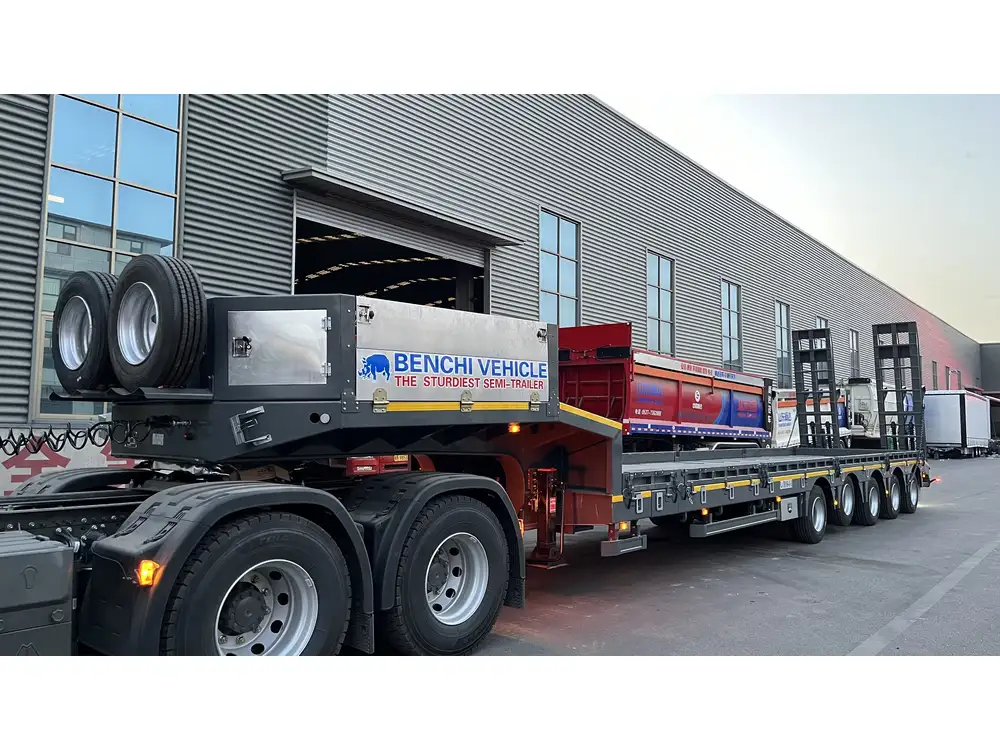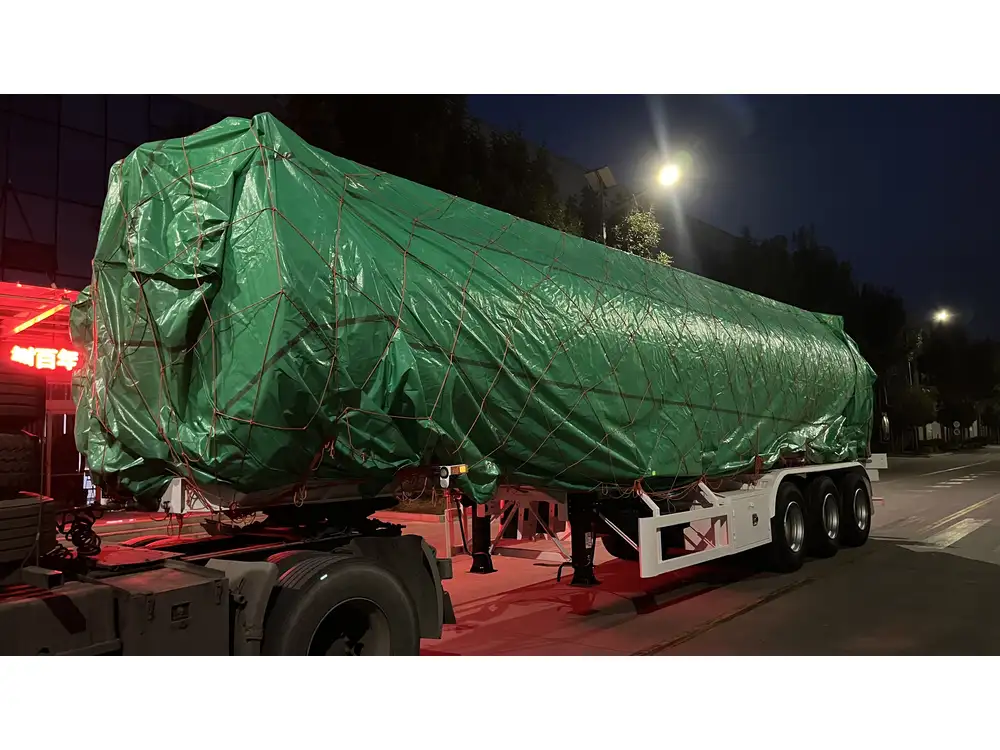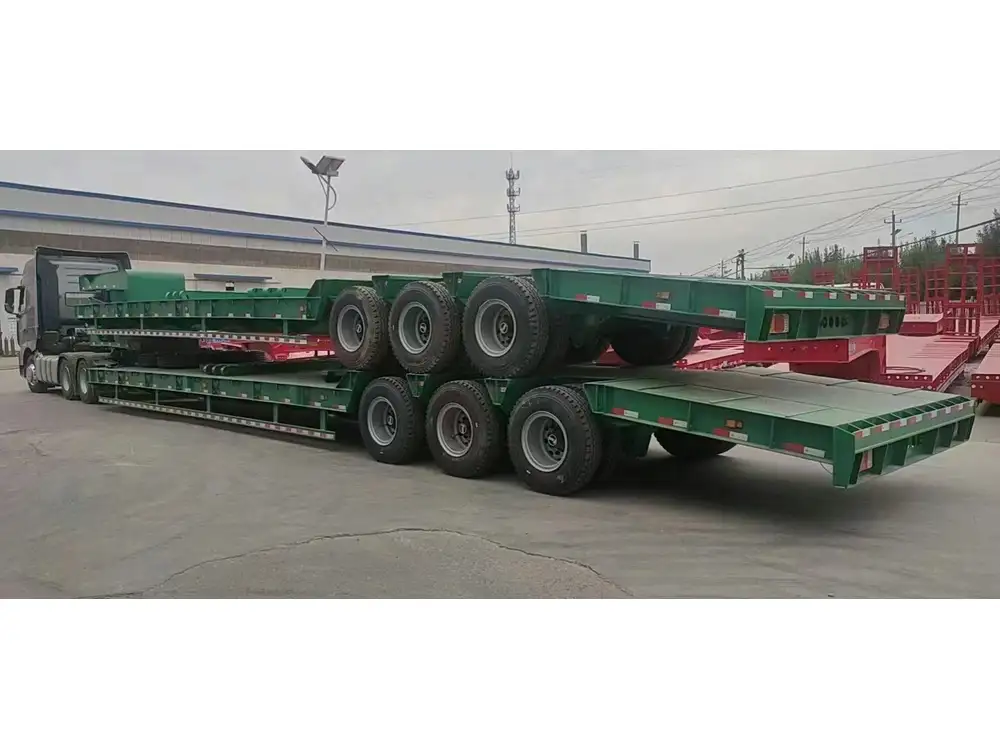Maintaining a travel trailer is essential for its longevity and performance, especially when it comes to the waste management system. One of the most critical tasks in this maintenance routine is knowing how to clean out your travel trailer septic tank efficiently. By understanding the process and taking necessary precautions, we can ensure that your septic tank remains in optimal condition, allowing for a pleasant camping experience without unexpected mishaps.
Understanding the Travel Trailer Waste Management System
Before diving into cleaning procedures, it’s important to familiarize ourselves with how the waste management system operates in a travel trailer. These systems typically consist of:
- Black Water Tank: This tank collects waste from the toilet.
- Gray Water Tank: This tank gathers water from sinks, showers, and other non-toilet drains.
- Dump Valve: A mechanism for emptying the tanks at designated dump stations.
- Vent System: This allows gases to escape and keeps the tanks functioning properly.
An in-depth understanding of these components can facilitate the cleaning process and minimize potential mishaps.
Tools and Materials Needed
Equipping ourselves with the right tools and materials is crucial for a thorough cleaning. Here’s a breakdown of what you will need:
| Tool/Material | Purpose |
|---|---|
| RV Waste Hose | Used for transferring waste from the tanks to the dump station. |
| Protective Gloves | To protect hands from any harmful bacteria or odor. |
| Cleaning Chemicals | Such as tank treatments to control odors and break down waste. |
| Water Supply | A hose or water source for rinsing the tanks after cleaning. |
| Coarse Brush | For scrubbing any stubborn residues inside the tanks. |
| Bucket | For collecting wastewater if needed. |
| Toilet Paper | RV-safe toilet paper that dissolves easily. |

Step-by-Step Process for Cleaning Your Travel Trailer Septic Tank
Step 1: Prepare for the Dumping Process
Locate a Dump Station: Before beginning, find a nearby dump station. Most campgrounds and RV parks have designated dump sites. Some gas stations also offer these facilities.
Inspect Your RV’s Waste Valve: Ensure that the waste valve is functioning properly. A faulty valve can lead to leaks and messy situations.
Disconnect the Fresh Water Supply: Prior to linking the waste hose, disconnect any existing fresh water connections to prevent backflow during the cleaning process.
Step 2: Connect the RV Waste Hose
Secure the Hose: Attach one end of the RV waste hose to your trailer’s dump valve and the other end to the dump station’s sewer connection. Make sure connections are tight to avoid spills.
Double-Check the Securement: This ensures no leaks during the draining process.

Step 3: Empty the Black Water Tank
Open the Black Water Valve: Begin the cleaning process by opening the black water tank valve first. Allow the tank to fully drain into the sewer connection.
Watch for Air Locks: Occasionally, an air lock may occur. To release it, shake the hose gently or jiggle it at the connection point.
Close the Valve: Once the flow has slowed and the tank appears empty, close the black water valve.
Step 4: Rinse Out the Black Water Tank
Flush the Tank: Some trailers are equipped with tank flush systems that allow for a thorough cleaning. If your unit lacks this feature, using a standard RV spray wand with a hose can be effective.
Reopen the Black Water Valve: Briefly open the valve while you insert the hose to rinse the tank thoroughly. Move the hose around inside the tank for a comprehensive clean.
Step 5: Empty the Gray Water Tank
Open the Gray Water Valve: After the black water tank is clean, turn to the gray water tank. Open the gray water valve to drain it completely. The gray water will help to push out any residual waste in the hose.
Flush with Water: Just like with the black water tank, a good rinse can ensure there is no buildups or clogs.

Step 6: Clean and Sanitize the Waste Hose
After the tanks are clean, we need to clean the waste hose. Disconnect it from the dump station and rinse it with clean water, using a specific hose designed for this purpose. Note: The hose should never be connected to the fresh water system or drinking water supply.
Consider using an RV-specific cleaning solution to sanitize the hose before storing it away.
Step 7: Final Rinse and Disposal
Check for any remaining odors or residues in the gray water tank and repeat the rinse as necessary.
Dispose of any remaining cleaning agents or waste at the dump station, following local regulations.
Additional Maintenance Tips for Your Travel Trailer Septic Tank

Regular Inspections
Conduct regular checks on both black and gray water tanks. Monitor for odors or slow-draining tanks which may indicate clogs.
Use RV-Safe Products
Always use RV-specific toilet cleaners and chemicals that are safe for your septic systems. Avoid using conventional household cleaners that can harm the bacteria responsible for breaking down waste.
Schedule Regular Dumps
To prevent buildup, aim to dump your tanks at least every 3-4 days while on the road, depending on usage. This not only maintains efficiency but also minimizes odors.

Water Usage
Practice efficient water usage while using toilets and sinks. This can reduce the frequency of dumps and prolong the health of your tanks.
Monitor the Tank Levels
Utilize your RV’s tank monitoring system to keep an eye on water levels. Empty tanks regularly to avoid overflows.
Troubleshooting Common Septic System Issues
Understanding the possible problems that can arise with RV septic systems is essential in keeping everything running smoothly.
| Issue | Possible Cause | Solutions |
|---|---|---|
| Frequent Blockages | Overuse of non-dissolvable products | Switch to RV-safe toilet paper and avoid flushing solid objects. |
| Foul Odors Persist | Improper tank cleaning or buildup | Increase rinsing frequency and use odor control chemicals. |
| Slow Drainage | Potential blockage in pipes | Inspect hoses for kinks; consider running a tank-friendly hose cleaner. |

Conclusion
Cleaning the septic tank in your travel trailer is not merely a task, but a critical aspect of maintaining a functional and enjoyable RV experience. By executing the steps outlined above and adhering to regular maintenance practices, we can extend the life of our travel trailer and ensure a smooth, hassle-free journey to our next destination. Embrace the process with enthusiasm, and keep the wheels turning for countless adventures ahead!
The open road awaits, and so do the stories crafted under star-laden skies. Enjoy your travels, and remember: a little maintenance goes a long way!



